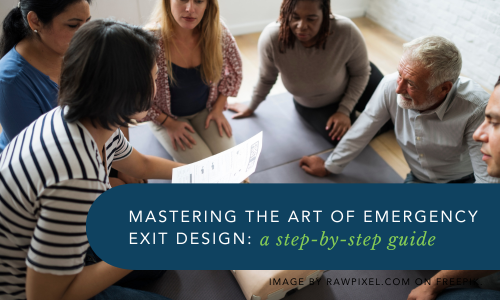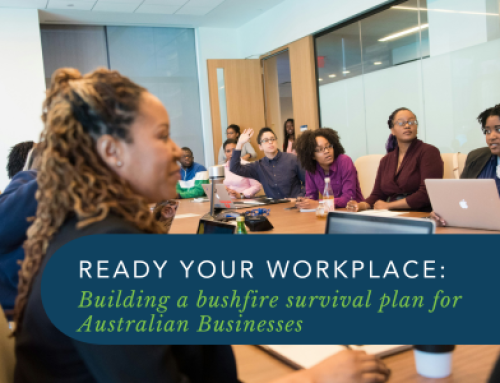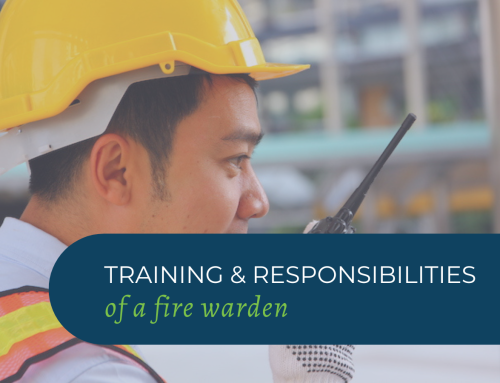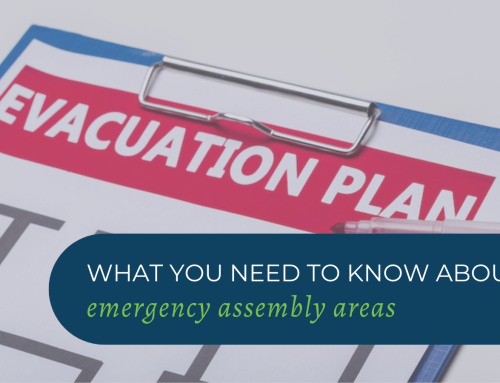Emergency Exercise Design: a step-by-step guide
In the world of emergency preparedness, there’s a saying: “Prior planning prevents poor performance.” And when it comes to planning for emergencies, designing an effective emergency exercise plays a crucial role in ensuring readiness and resilience. Whether you’re preparing for natural disasters, industrial accidents, or other crises, crafting a well-thought-out emergency exercise can make all the difference when the unexpected strikes. So, let’s delve into the art of designing these exercises, step by step.
Step 1: Define Objectives for your Emergency Exercise
Every emergency exercise should have clear and specific objectives. Start by identifying what you want to achieve with the exercise. Are you assessing response times? Assessing communication protocols? Evaluating the effectiveness of specific procedures? Defining your objectives will guide the entire design process and ensure that your exercise serves its purpose effectively.
Step 2: Choose a Scenario
Selecting an appropriate scenario is crucial for creating a realistic and engaging exercise. Consider the types of emergencies your organisation or community is most likely to face. Whether it’s a natural disaster, a cyber-attack, or a chemical spill, choose a scenario that aligns with your objectives and reflects potential real-world threats. Make it challenging enough to test participants’ capabilities but not so overwhelming that it becomes unrealistic.
Step 3: Develop a Script
Once you have your scenario, it’s time to develop a detailed script for the exercise. Outline the sequence of events, including the initial trigger, the progression of the emergency, and the resolution. Consider factors such as timing, resource availability, and participant roles. Remember to incorporate injects – additional information or events introduced during the exercise – to keep participants on their toes and simulate the unpredictable nature of emergencies.
Step 4: Assign Roles and Responsibilities in each Emergency Exercise
Every participant in the exercise should have a clearly defined role and set of responsibilities. Whether they’re acting as emergency responders, decision-makers, or members of the public, ensure that each participant knows what is expected of them and how they fit into the overall response effort. Encourage active engagement and collaboration among participants to simulate real-life emergency conditions accurately.
Step 5: Plan Evaluation and Feedback
Effective evaluation is essential for measuring the success of your exercise and identifying areas for improvement. Develop evaluation criteria aligned with your objectives, such as response times, communication effectiveness, and decision-making processes. Consider using a combination of observation, participant feedback, and post-exercise debriefings to gather insights and lessons learned. Use this feedback to refine your emergency plans and procedures continually.
Step 6: Conduct the Emergency Exercise
With all the preparations in place, it’s time to put your emergency exercise into action. Set the stage, provide participants with necessary instructions and materials, and let the scenario unfold. Facilitate the exercise, ensuring that it stays on track while allowing for spontaneity and adaptability. Keep a close eye on participant performance, injects, and any unexpected developments that may arise.
Step 7: Debrief and Follow-Up
After the exercise concludes, conduct a thorough debriefing session with participants. Review what went well, and what could be improved. Encourage open and honest discussion, and document key takeaways for future reference. Follow up with participants to address any identified issues and incorporate feedback into your emergency preparedness efforts.
Emergency preparedness is an ongoing process, and regular exercises are essential for maintaining readiness and resilience. Hopefully, our step-by-step guide has provided you with insight into how to design an emergency exercise. However, if you’d like professional help to design an emergency exercise for your organisation or community, please contact us.
GET IN TOUCH
Are you ready for peace of mind that your workforce is as safe and prepared as possible?
With a dedicated team of staff ready to help you meet compliance requirements and improve the overall safety of your workplace, all you need to do is get in touch.
Request your free audit today!



